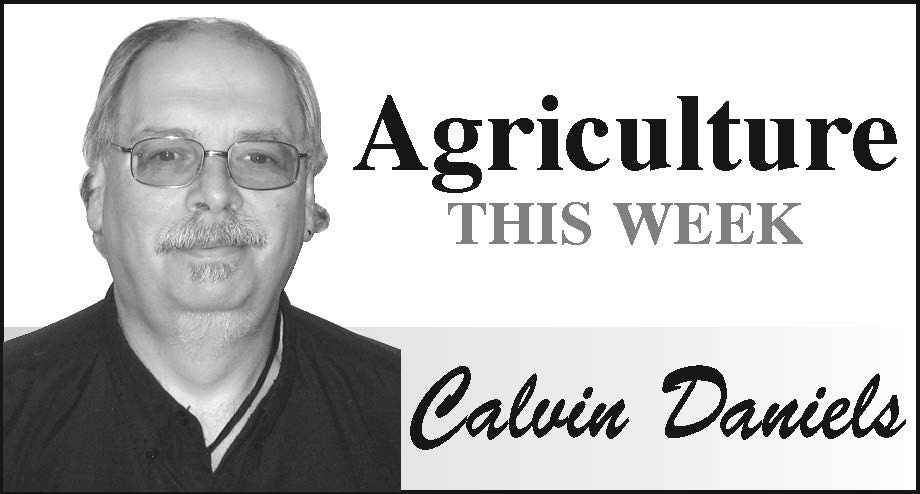There is little doubt that moving forward technological advancements will be the biggest change for producers in the coming years.
There is a good chance the influence of technology will be most keenly felt in the area of field mapping since that offers the greatest potential to maximize yields on a near square-foot by square-foot basis, while also targeting the financial commitment to where the dollars do the most good.
A field, even a small one, is not the same corner to corner, varying from a wind-swept hill, to low spots where water pools, to areas with stone, to saline patches.
The nutrient level of areas of course can vary in accordance with some of the topographical conditions.
And of course weed pressures can vary too, based on a variance of factors.
Mapping the soil profile, increasingly from above using drones, allows more precise application of needed nutrients, and herbicides to deal with weeds where they exist, not necessarily across an entire field.
So, the more detailed the information a drone can provide, the more useful it can be in targeting management techniques when it comes to applying inputs.
Of course the level of drone technology is at the heart of its ability to gather information.
Considering the broad interest in drone technology in fields beyond agriculture, forestry, mine exploration, and military applications among them, the development pace of technology is likely to advance more quickly than would be the case if they were merely for farm use.
So, farmers can expect better and better drones arriving with agricultural potential.
For example, an imaging system for drones that offers 10 spectral bands has recently been released by MicaSense, a Seattle-based developer of multispectral imaging hardware.
The company already offers a five spectral band camera with five separate lenses called RedEdge-MX, as well as its higher-resolution Altum multispectral camera that captures five bands but also captures a radiometric thermal layer.
Simply put, more cameras offer more diverse imaging opportunities from a single pass, and that allows for more information to be extrapolated from the varied spectral images.
Ultimately, a producer ends up with a more complete picture of the field in terms of soil conditions and nutrient needs. The better the predicted needs are, the better the response to those needs can be in a targeted fashion, investing in nutrients and crop protection products at optimum levels in increasingly smaller areas of a field to maximize returns.
Of course the drone data results need to be married to GPS applications in terms of drill fertilizer placement and spray applications, but the soil data is the key first link in the chain, making drone development critical to farming鈥檚 future.
Calvin Daniels is Editor with Yorkton This Week.




